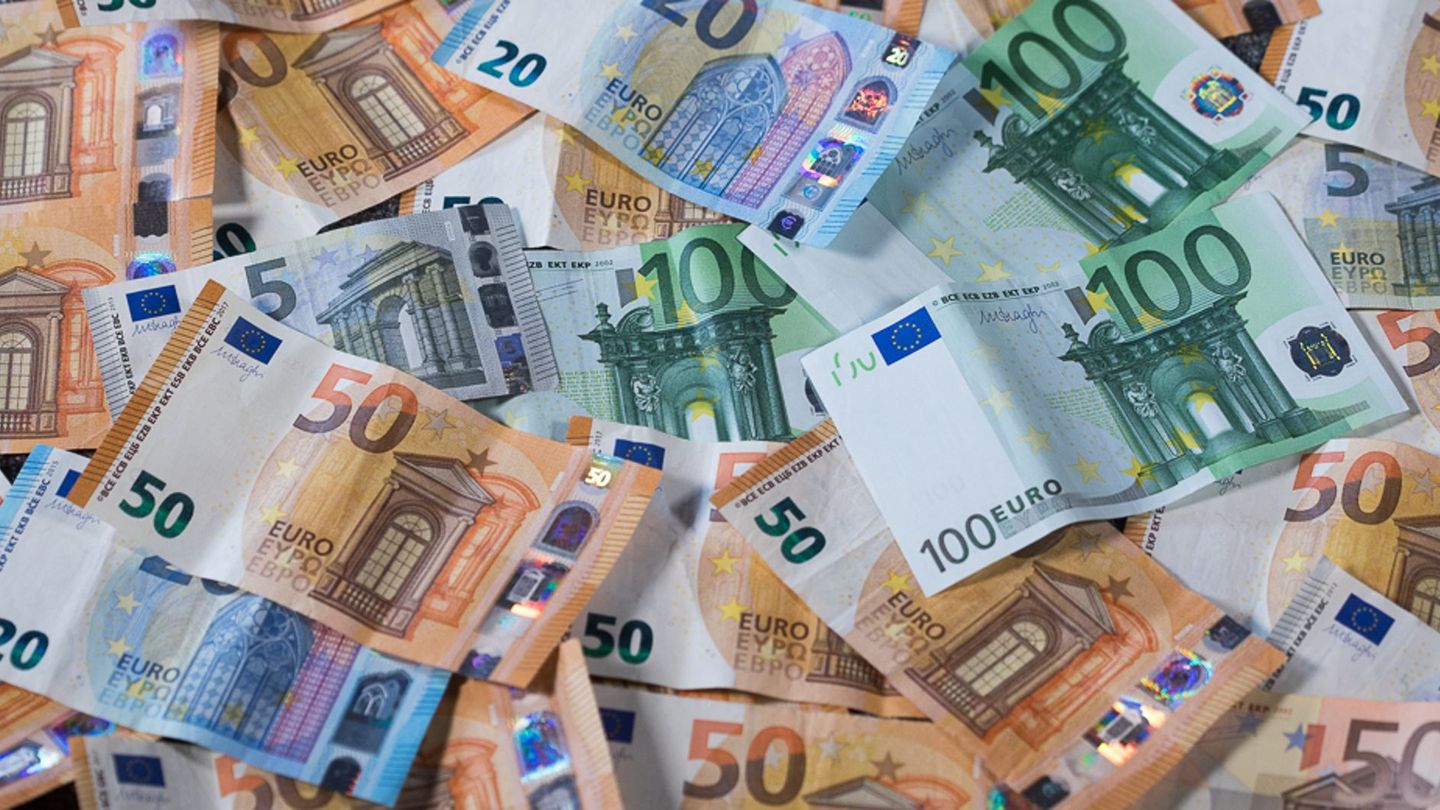The debate for the exchange delay continues. The Central Bank’s current account (BCRA) became negative and threatens the president’s strategy Javier Milei. The appreciation of the weight, the cost of costs and the tax burden compromise the exports of some productive sectors, particularly from those who add value added to raw materials. The margins are limited and the fishing sector doubts the shrimp season on the macroeconomic scenario.
The commercial surplus was pulverized in January. Reached just those US $ 182 million. It is its lowest level since December 2023 and if the tourist balance is added to that account, the BCRA current account balance is widely negative.
All this, despite the fact that prices collaborated that the situation is not even worse. “If the prices of January 2024 had prevailed, the commercial balance would have shown a deficit of US $ 249 million”highlighted Indec in his Argentine commercial exchange report.
In rigor, this implies that, in real terms, the country received more goods for each unit exported due to A relative improvement in export prices in front of imports.
Containers exports.jpg
The dollar, in the eye of the debate.
The disappearance of the surplus threatens to put more pressure on what many economists point out as the weakest leg of the model: the exchange. With negative net reserves and the current red account, the Central Bank for now feeds on the currencies that liquidate the credit makers in dollars.
Export complication
“Anyone who produces a good with added value is complicated today,” a renowned industrial sector consultant explained to the scope. Particularly, he pointed out food and drinks, which are also threatened by import growth, and the metallurgical sector.
The manufactures of industrial origin (MOI) are the ones that least advanced according to INDEC, 2.7% compared to 17.5% of those of agricultural origin and 33.7% of the energy and mining sector.
The reprimand and setback combo of the surplus It is given that monetary policy, with the interest rate in pesos running above the dollar devaluation rhythm, encourage to anticipate exports and take imports to get the juice to the “carry trade” in the official corridor.
Fishing problems
The exchange appreciation process is a fact of reality. The question is whether it is sustainable what cost. For example, In the case of the fishing sector, they warn that the activity and its export position are transformed into unfeasible.
“The problem we have is the increase in local costs, inflation in dollars, low international prices, expensive operational cost and increase in tax that charge us for extracting resources”said a Scope Eduardo Boiero, president of the Chamber of Fisheries and Freezers of Argentina.
“If this structure is not modified, we run risks of not going fishing because we can lose money, we continue to pay withholdings”, Specified the representative of the businessmen. Only the prawn, whose season begins in April, represents 50% of the exports of the sector that uses throughout its structure About 45,000 people.
Source: Ambito




